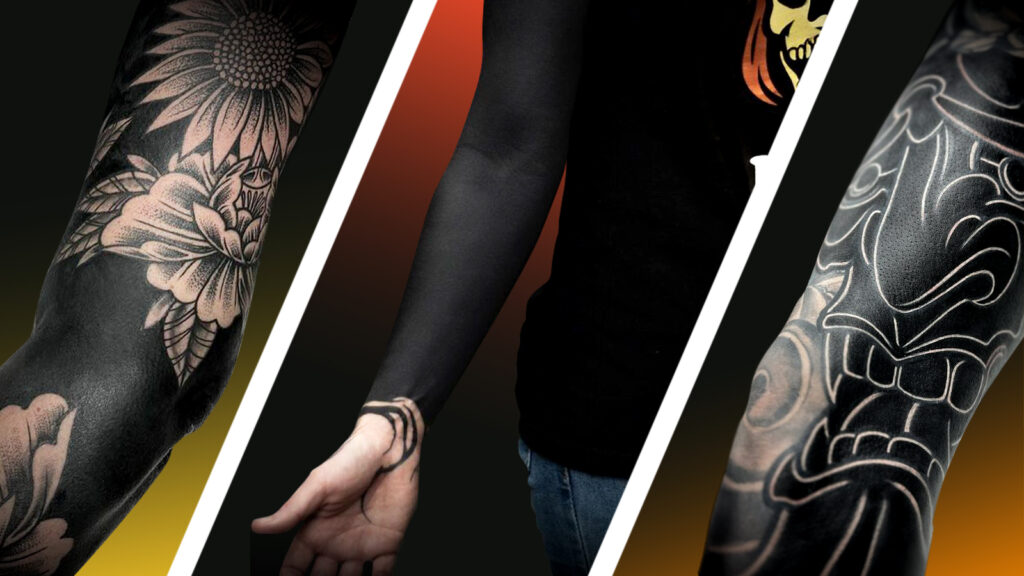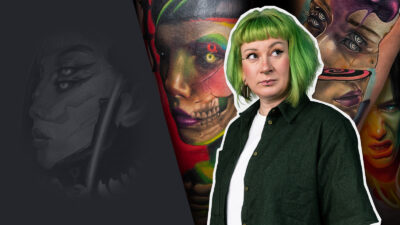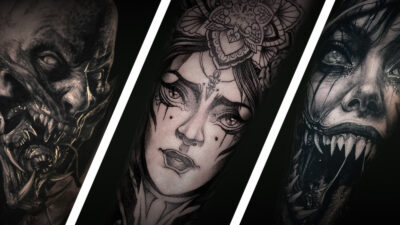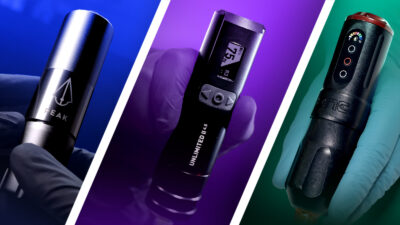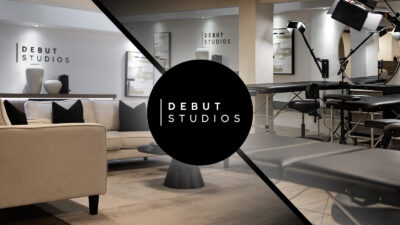The tattoo industry is always growing and developing, with better tools and equipment leading the way to revolutions in tattooing.
Inspired by a range of tattoo styles including tribal, neo-tribal, ornamental and graphic, blackout tattoos are an artform of their own, demanding patience, skill and high-quality equipment.
Here’s what we know about blastover and blackout tattoos, a little inspiration if you’re looking at one for yourself, plus product advice for getting the best from blackouts!
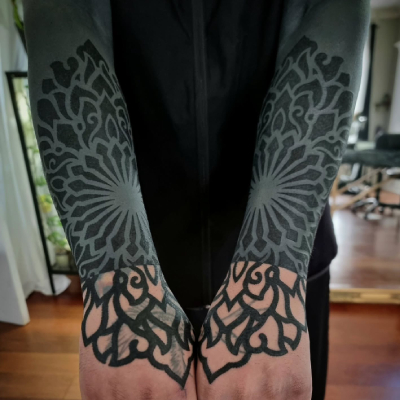
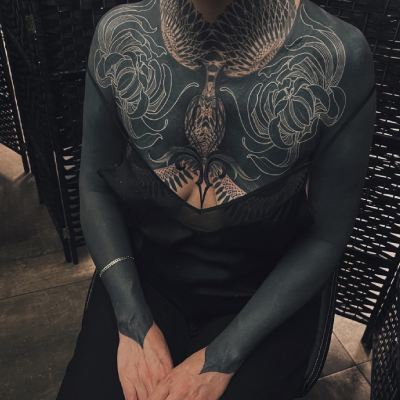
What Are Blackout and Blastover Tattoos?
Throughout this, we’re going to be talking about two connected but different tattoo styles: blackouts and blastovers.
If you’ve only heard of one, chances are it’s blackout! This style of tattoo has been rising for a while now, with some artists nearly entirely dedicated to the art of blackout. In a blackout tattoo, an area of skin is usually packed densely with black tattoo ink.
With a blackout tattoo there’s no need to laser the previous area, and as inks have gotten better and better, a blackout tattoo is no longer the end of the tattoo journey for that body part!
Blastover tattoos are a little more modern, and are - by design - cover-up tattoos. In blastovers, a new tattoo is inked directly on top of a previous one in a way that the original can still be seen. This usually looks like bold black lines being tattooed over healed colour work, but there are different ways to try out this style!
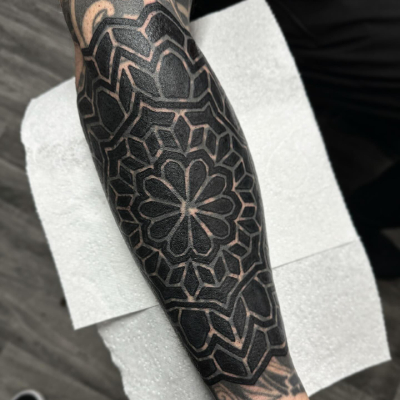
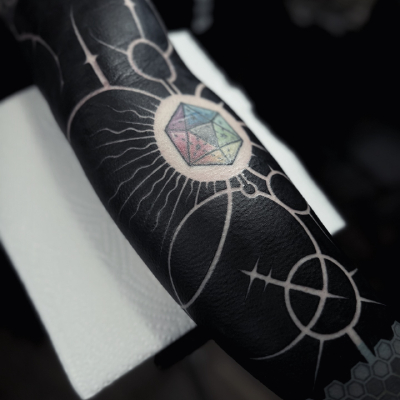
Why Do People Get Blackout Tattoos?
Some people get blackout tattoos straight away because they enjoy the silky black tattoo style that can be expressed in patterns, segments and shapes. There are lots of interesting things that a skilled blackout artist can do with that use of negative space, and it works just as well on any skin tone.
But it’s probably safe to say that most people with blackout tattoos are covering up a previous tattoo. Compared with laser removal, blacking out a bad tattoo is cheaper, quicker and less painful.
Are Blackout Tattoos Painful?
Any tattoo where you’re aiming for really solid saturation is going to be more painful. Blackout tattoos tend to cover large areas at a time, and need such intense saturation that yes, they can be a more painful experience than other styles of tattoo.
Blackout Tattoo Healing
Blackout tattoos heal the same way as other tattoos, but the experience may be a little more difficult. With that much surface area being tattooed, your client’s body will react with even more swelling and itching than usual, so it’s important that they get lots of rest and hydration.
Many blackout artists recommend using tattoo pads, which can help with the huge amounts of blood, plasma and ink that will come out of the tattoo in the first few days, while also keeping harmful bacteria out.
To deal with discomfort, you can wrap ice packs in tea towels and apply them to the area.

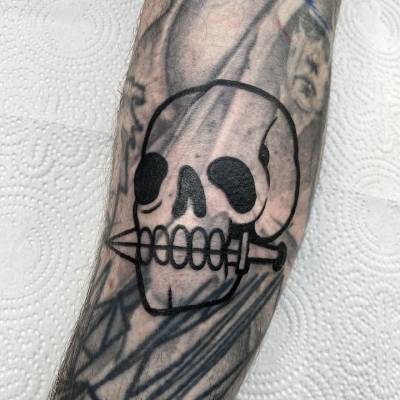
Can Blackout Tattoos Be Removed?
Absolutely! It takes a little patience, and quite a lot of sessions - maybe twice as many as a normal tattoo - but as black ink is actually the easiest colour to remove from the skin, it is absolutely possible to remove even large sections of blackout tattoo.
Best Blackout Tattoo Ink
There are a lot of options, and no one right answer to the best tattoo ink to use for blackout tattoos. You’re looking for something with a fairly high pigment load and good rates of saturation - stay away from anything designed for fine line work.
We love Dynamic BLKOUT, which is designed specifically for blackout tattoos - it has an insane level of opacity, so tattoos come out saturated with minimal trauma. With a smooth consistency, the even application you need for blackout work is easy, and the colour holds very well.
Other notable favourites are the super concentrated Allegory Ink Ultra Blak and Intenze Ink’s Zuper Black.
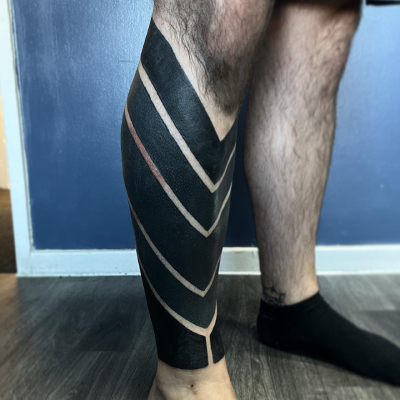
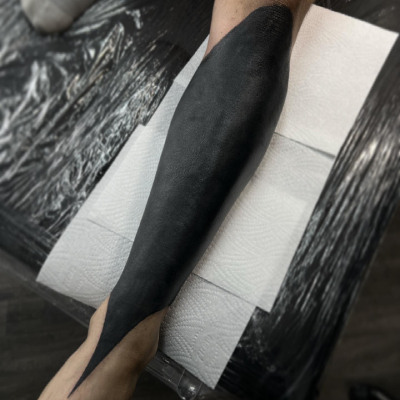
Best Blackout Tattoo Needles
The key to a great blackout tattoo is to work fast and consistently, so any size of large Straight Magnum will be perfect for those purposes. How big you go will probably depend on the size of area you’re working and the curvature of the body part.
Generally speaking, you’ll want to go for shorter tapers, as they’ll implant ink faster, and straight edged Magnums so that you have a consistent needle depth throughout. Stay away from bugpins or smaller needles, for the same reason as avoiding particularly long tapers - you want fewer, larger punctures.
KWADRON Combat Magnum needles are built for working for large areas, and with the 49 needle option you’ll find blackout work a breeze! Alternatively, the Stellar 2.0 25 needle Magnum and Cheyenne Hawk 27 needle Magnum are great choices.
Are There Downsides to Blackout Tattoos?
Ignoring the extra looks you might get from people in the street, there are a few things to be aware of.
Most notably, you’ll need to be more alert to sun damage and melanoma. Black ink absorbs UV rays better than other colours, so larger areas of blacked out skin are prone to sun damage.
What’s more, if you have any moles or freckles on the area being blacked out, they’ll become harder to monitor - and as you get more moles throughout your life, chances are at some point one will appear under the black ink.

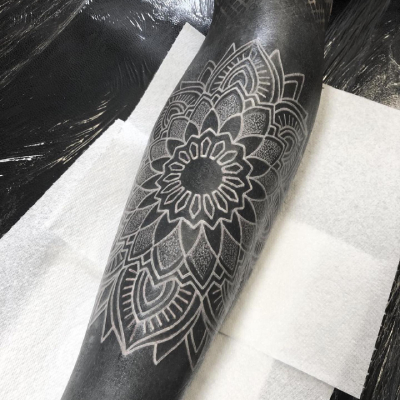
Blackout Tattoo With Colour
A skilled tattoo artist with the right colour inks will be able to add extra detail or patterns to a blackout sleeve after the fact!
White is a very common colour for detailed, ornate designs over sections of blackout, but even with this contrast, white can be prone to becoming yellow over time. Using a highly pigmented white such as Dynamic Heavy White or Radiant Colors Radiant White ink is your best bet!
Colour inks can also be used, but the healed look may be difficult to predict, and require multiple sessions to get the right level of vibrancy.
It’s even possible to do black on blackout - essentially a black on black blastover! This is usually achieved by using two different of black ink, and results in a very subtle but effective look.
Negative Space Blackout Tattoo
Using negative space in a tattoo is nothing new, but thanks to the heavy saturation of blackout tattoos, that contrast can be even more effective.
Artists like J Becerra use ornamental elements in the shape of their blackout tattoos that cleverly make use of negative space so that even the untattooed sections appear to be patterned.
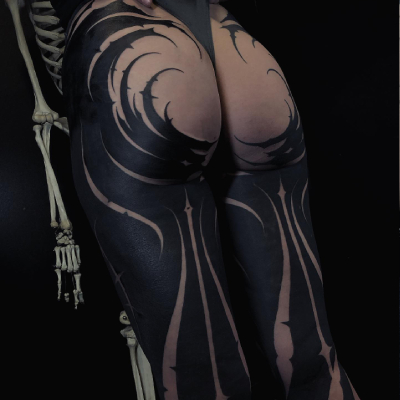
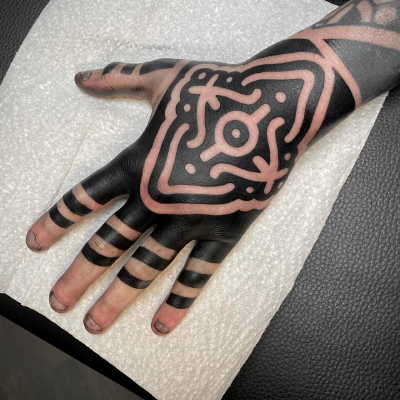
So there’s your scoop on blackout and blastover tattoos! Make sure you tag us in your blackouts and blastovers on Instagram and Facebook, and let us know what you think about some of this incredible work!
